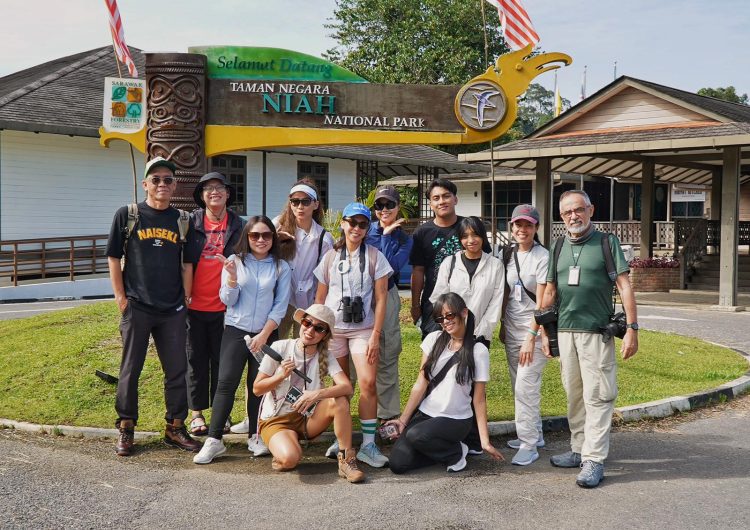Deep within the heart of northern Sarawak’s lush rainforest lies Niah National Park, home to one of Borneo’s most extraordinary archaeological treasures. The vast Niah Caves complex preserves a remarkable record of human history, with evidence of habitation stretching as far back as 65,000 years.
In 2024, the Archaeological Heritage of Niah National Park’s Caves Complex was inscribed as a UNESCO World Heritage Site, becoming the second site in Sarawak to receive the honour after Gunung Mulu National Park in 2000. The recognition highlights Niah’s outstanding universal value as one of Southeast Asia’s earliest centres of human activity.
The Bruneian, alongside representatives from other media outlets, recently embarked on an unforgettable journey through this network of colossal limestone caverns.
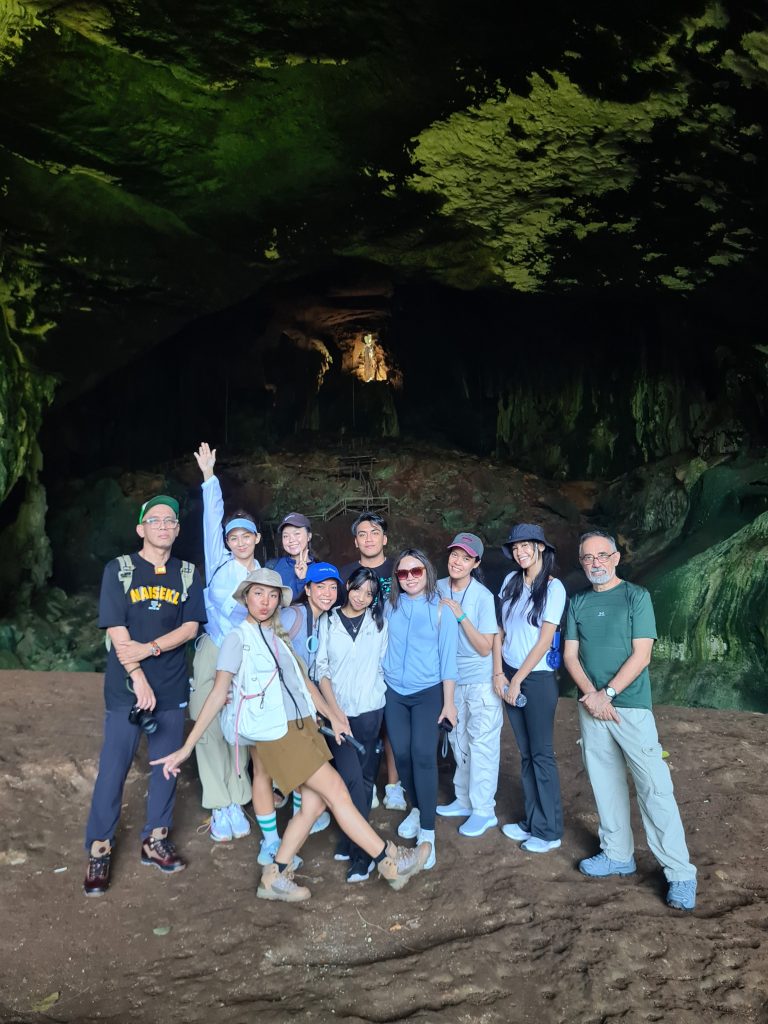
The Niah Caves complex is made up of a network of limestone caverns within the Niah-Subis massif in northern Sarawak. Among its eight main caves are the Great Cave, Moon Cave, Painted Cave, and Trader’s Cave.
From the ancient burial sites to cave painting, the Niah Caves are more than just an archaeological site; they are a living testament to humanity’s enduring connection with nature.
Journey to Niah National Park
From Miri City to Niah National Park, our journey unfolds between urban life and ancient wilderness, leading us from bustling streets to the timeless limestone caves hidden deep within Sarawak’s rainforest.
The journey to Niah National Park began with a short boat ride along the rivers of northern Sarawak, followed by a 3-kilometre plank walk from the park headquarters to the cave entrance, which took about 45 minutes to 1 hour, depending on our pace.
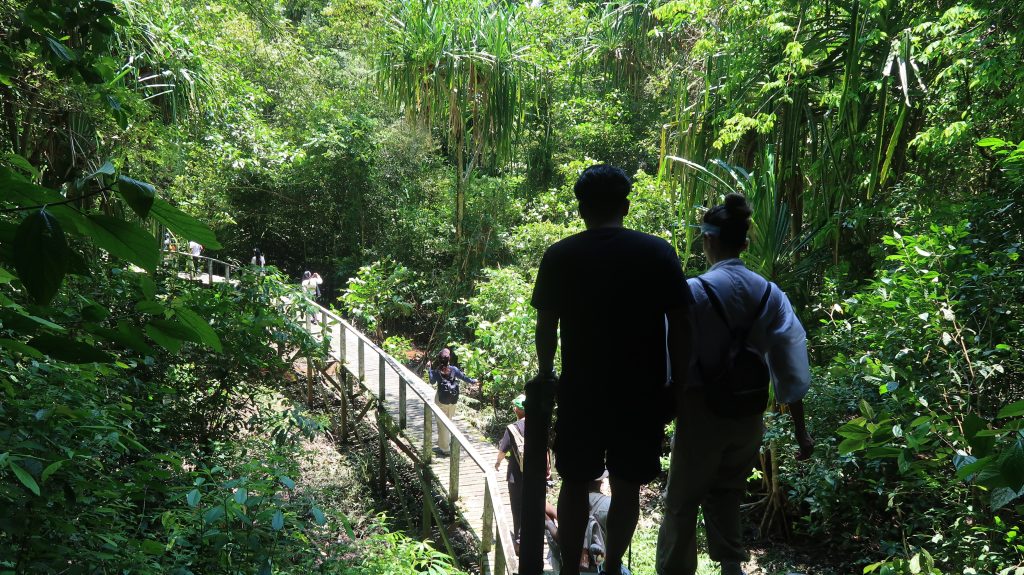
The trail passed through dense rainforest with tall trees and thick undergrowth, giving us a first glimpse of the natural environment surrounding the caves and learn about the native animals, the flora and fauna that call this place home.
Along the way, we were lucky enough to catch glimpses of some wildlife, including Red Borneo millipedes and colourful birds.
The Trader’s Cave
Our adventure began at Trader’s Cave, a site that tells a more recent chapter in Niah’s story and marked the start of our journey through the national park. Situated beneath the limestone cliffs, this shallow cave once served as a hub for bird’s nest collectors and traders who built temporary wooden shelters during the harvest season.
The remaining wooden structures stand as silent witnesses to the daily lives and labour of past communities.
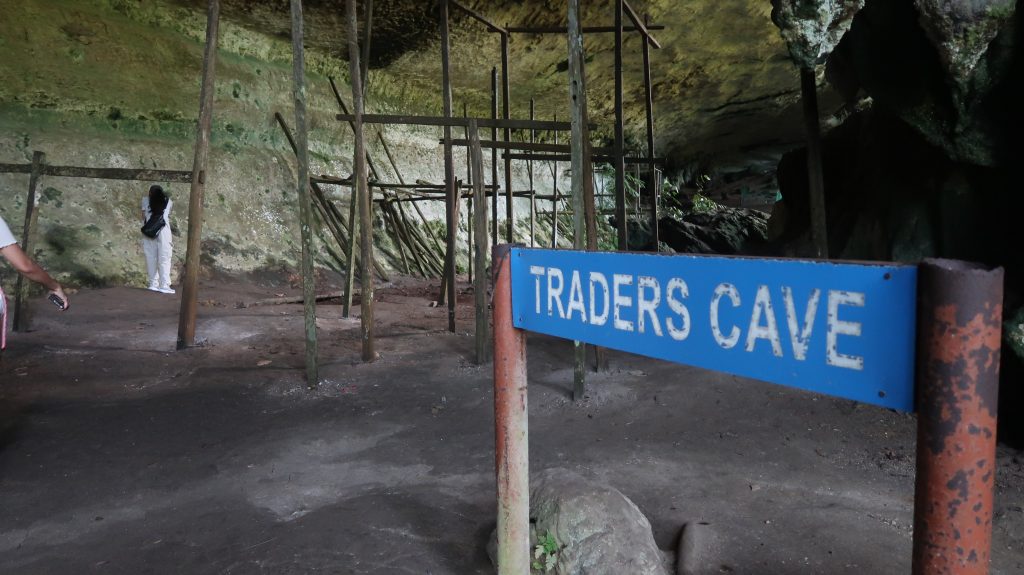
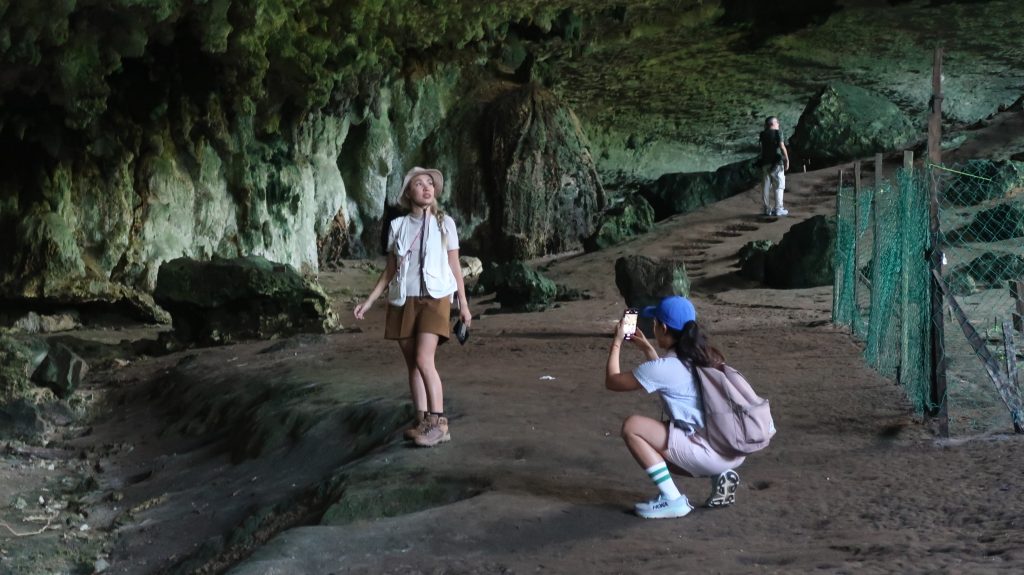
Trader’s Cave is also an important archaeological site, with excavations revealing traces of human activity spanning thousands of years. The cave offers visitors a rare glimpse into the connection between people and nature that has defined Niah for millennia.
From prehistoric settlers to more recent communities, the site continues to preserve the stories of those who lived and worked here, inviting exploration and reflection
The Great Cave
Just a 5-minute walk from Trader’s Cave lies the Great Cave, an immense limestone chamber covering 10.5 hectares. Its vastness is immediately striking, with a ceiling that soars high above and walls that stretch wide, giving a sense of stepping into a natural cathedral carved over millions of years.
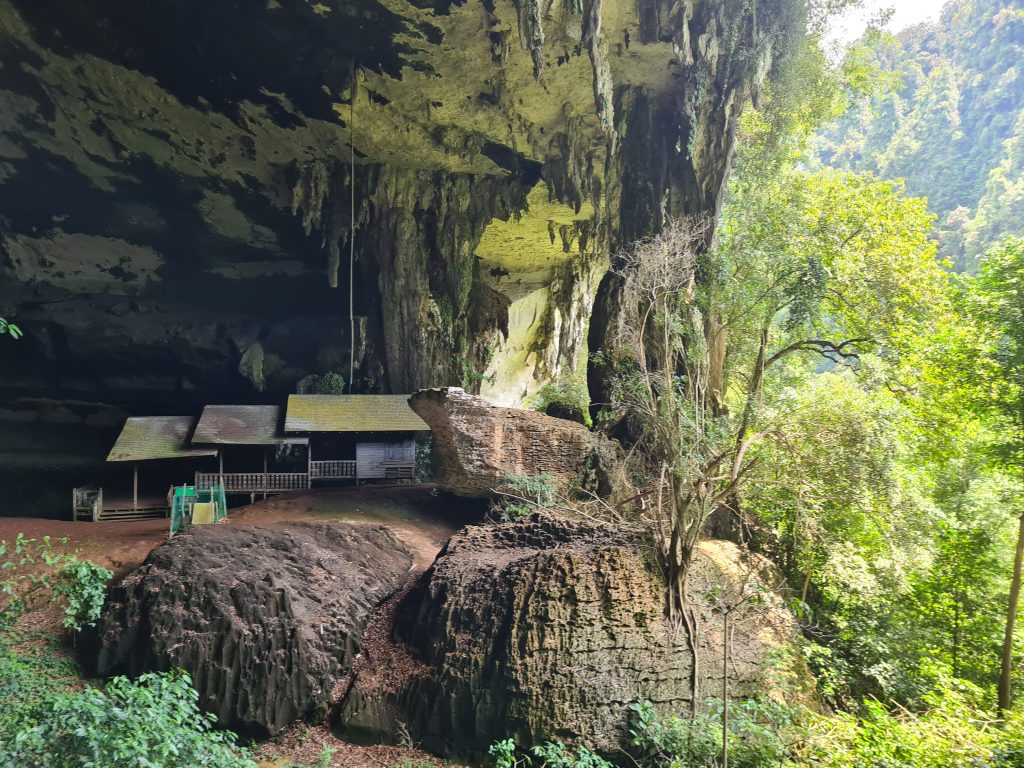
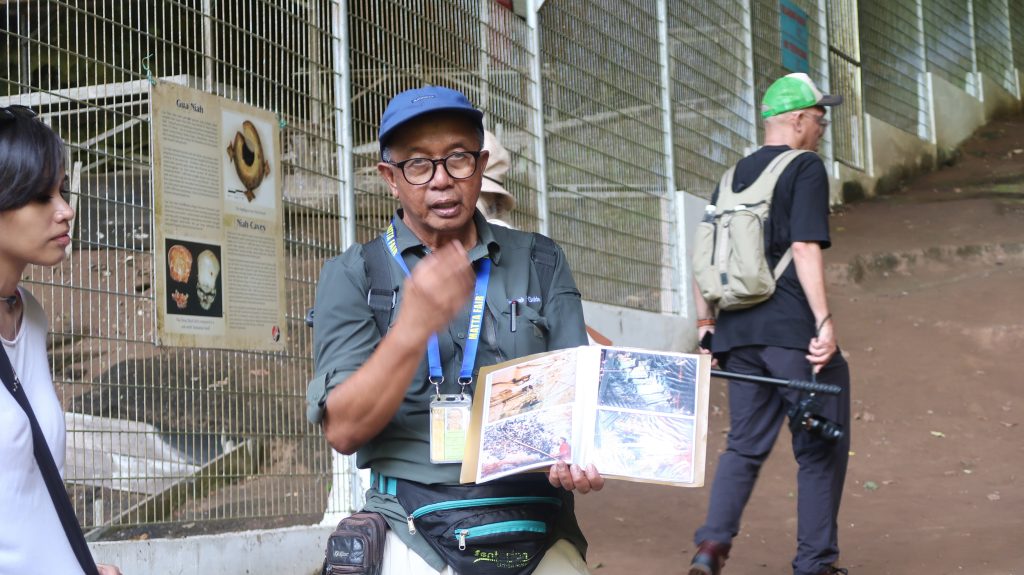
The Great Cave is one of Southeast Asia’s most significant archaeological sites, containing evidence of human habitation going back around 40,000 years. Stone tools, pottery fragments, and other artefacts uncovered here tell the story of early humans who adapted to the rainforest environment, making it a key site for understanding the region’s prehistoric past.
The floor of the cave was covered in thick brown bat and swiftlet guano, pocked with craters that gave the chamber an almost lunar feel. We noticed the tall pole ladders used by bird’s nest collectors, some stretching up to 60 metres into the highest crevices. Standing there, we couldn’t help but marvel at the courage and skill it must have taken to climb those ladders and harvest nests from such heights
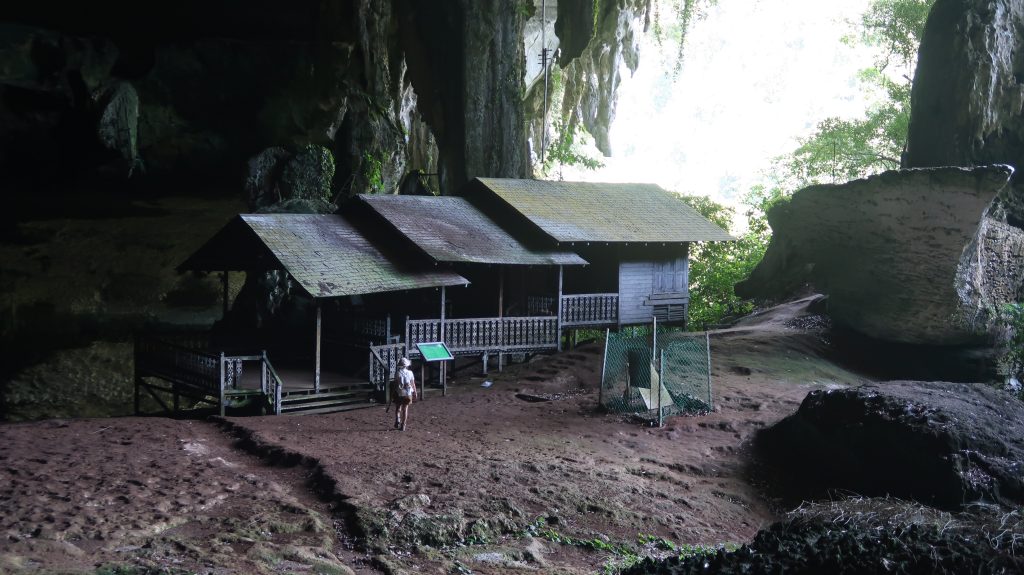
Inside the vast chamber, we also saw a replica of Tom Harrisson’s house. Tom and his wife Barbara were the first to conduct systematic excavations here and famously discovered the “Deep Skull,” one of the oldest human remains in the region. Seeing the replica made the history feel tangible, as if we could step back in time and witness the moment they unearthed this incredible find.
The Moon Cave
Continuing from the Great Cave, we ventured deeper into the darkness, following a narrow passage that led us toward the Moon Cave. As we progressed, the light from our flashlight illuminated the path ahead, revealing the cave’s intricate formations.
Further into our journey, the air grew cooler, and the atmosphere more intimate, with the sound of our footsteps echoing softly in the vast space.
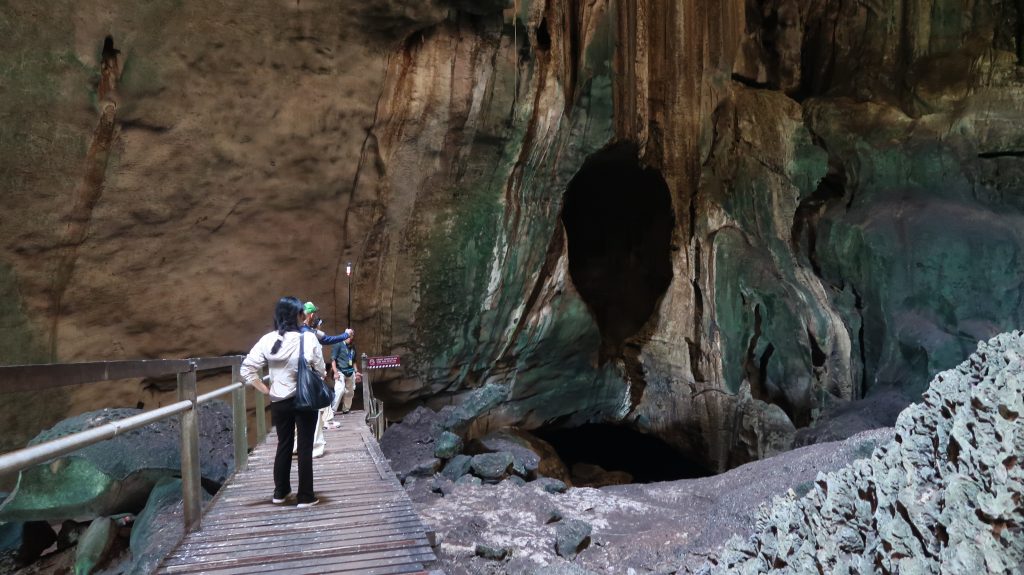
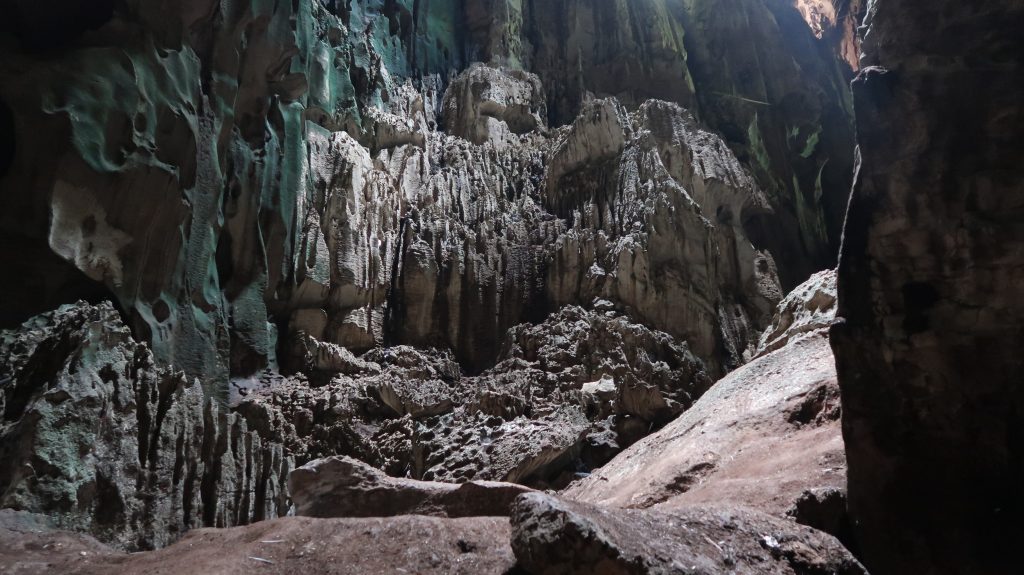
We soon entered a long, pitch-black tunnel. Without our flashlight, we would have been in complete darkness. Not only that, the floor was uneven and occasionally slippery, requiring careful navigation.
Our guide shone his flashlight across the walls, pointing out bats clinging to the rock and even a scorpion scuttling across the path. He also explained how the thick layer of bat and guano covering the floor played a crucial role in sustaining the cave’s ecosystem.
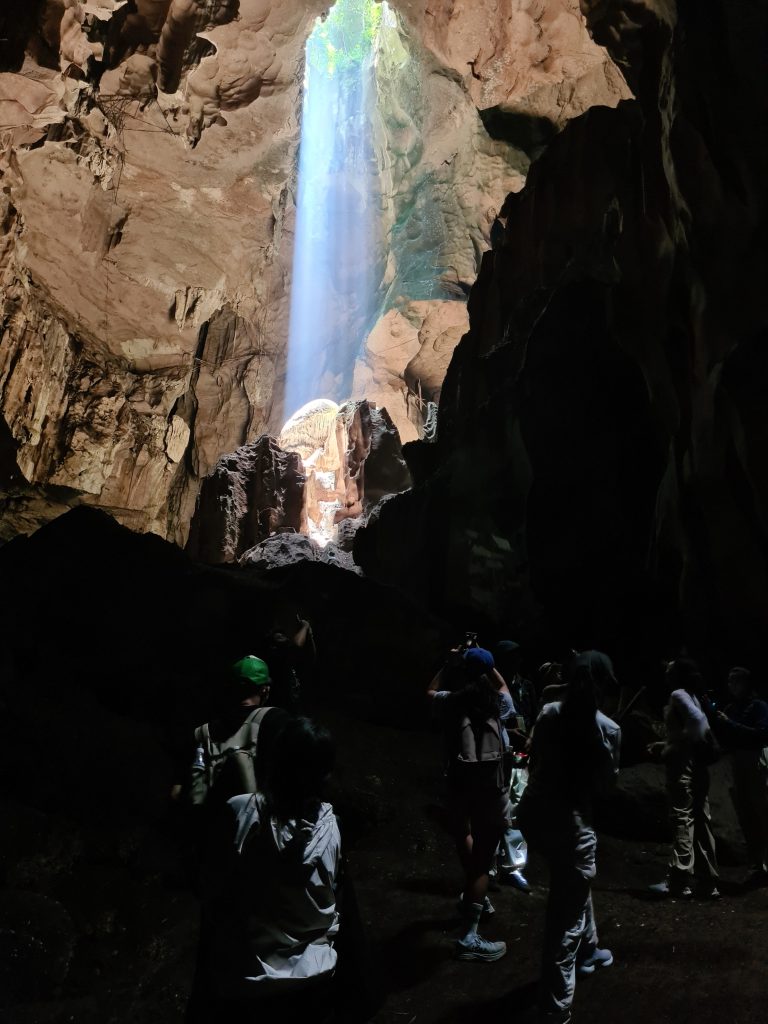
After what seemed like an eternity in the darkness, we emerged into the Padang, a vast chamber where shafts of sunlight streamed down from holes in the cave’s ceiling. These beams, often referred to as “heaven’s light,” illuminated the surreal landscape below.
The ground was covered in a thick layer of guano, creating a moon-like surface filled with craters. Not just that, the juxtoposition of light and shadow, combined with the otherworldly terrain, made this one of the most memorable and poetic sights of our journey.
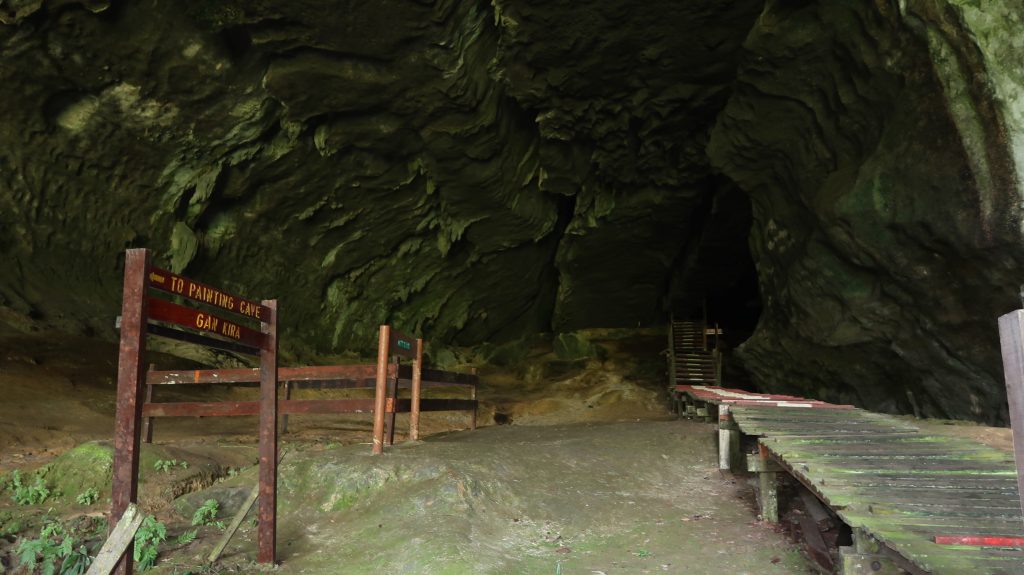
The Painted Cave
After navigating the darkness of the Moon Cave, we emerged into the daylight and followed the trail to our final destination: the Painted Cave. Smaller and more intimate than the Great Cave, this cave is a treasure trove of prehistoric art and burial practices.
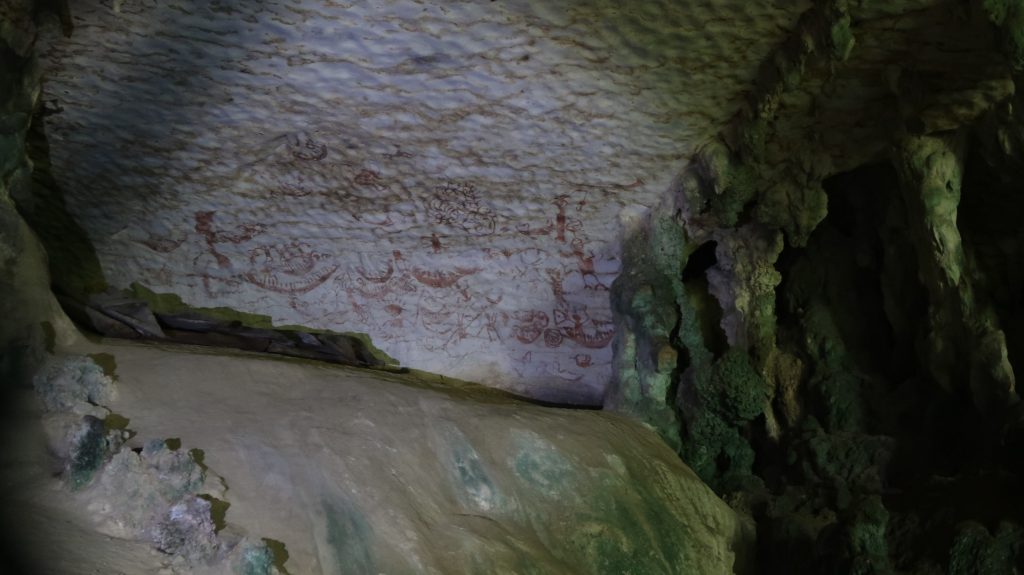
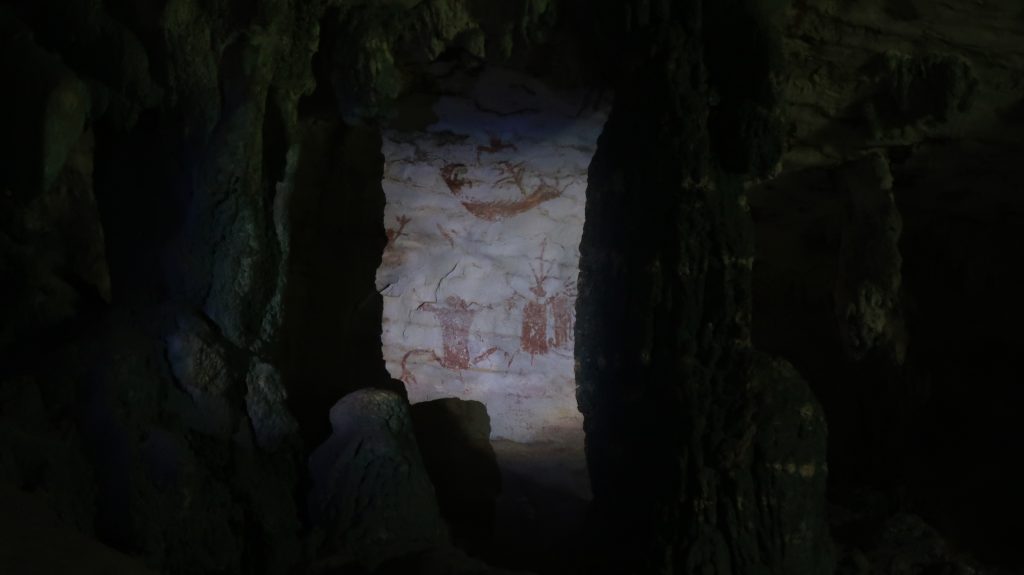
Inside, we were greeted by vivid red ochre paintings adorning the walls — human figures, horned animals, and swirling geometric patterns. These images, thought to be around 1,200 years old, are believed to depict spirits journeying into the afterlife. The presence of boat-shaped coffins, or “death ships,” scattered across the cave floor further reinforced this interpretation, offering a glimpse into the spiritual beliefs of ancient Borneans.
Our guide illuminated the space with his flashlight, pointing out the intricate details of the artwork and explaining their cultural significance. The cave’s atmosphere, coupled with the rich history embedded in its walls, left us in awe of the artistry and rituals of those who came before us.
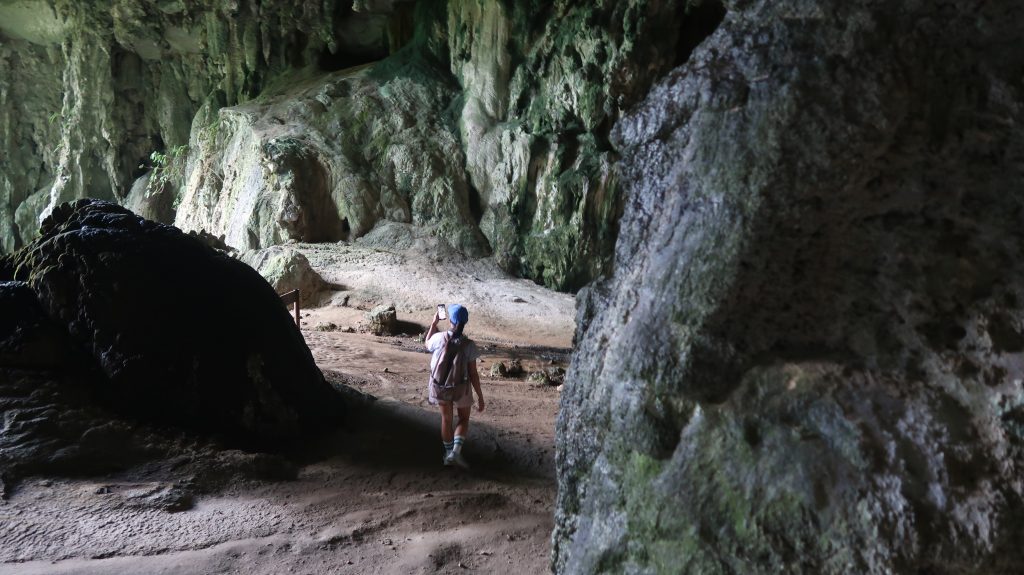
We ended our cave adventure with lunch at a traditional longhouse within Niah National Park, savouring local dishes and the warm hospitality of the hosts.
As we enjoyed our meal, we reflected on the day’s journey through the vast limestone chambers, the ancient rock art, and the rich history embedded in every corner of the caves, feeling a deeper connection to both the natural and cultural heritage of the park.

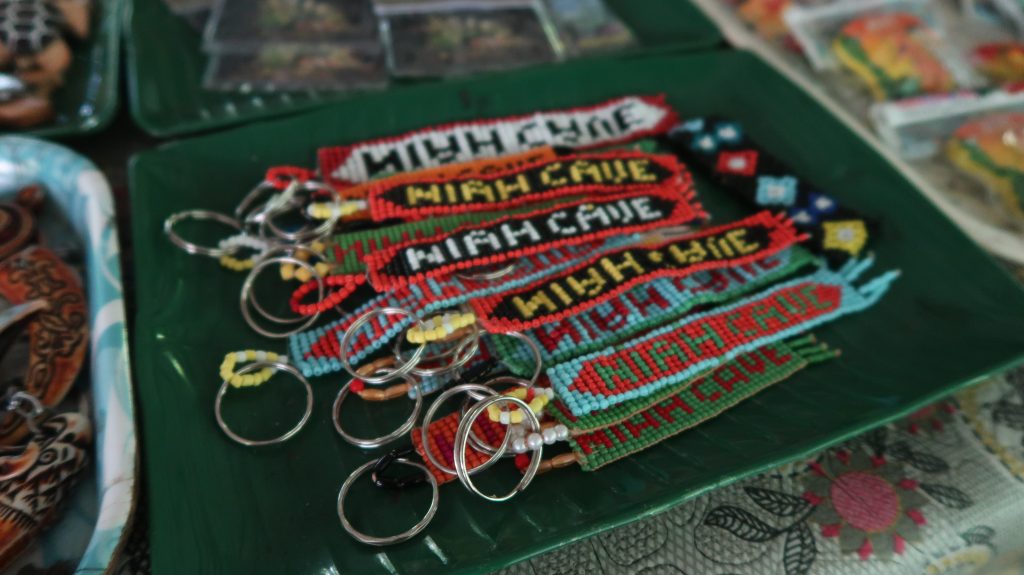
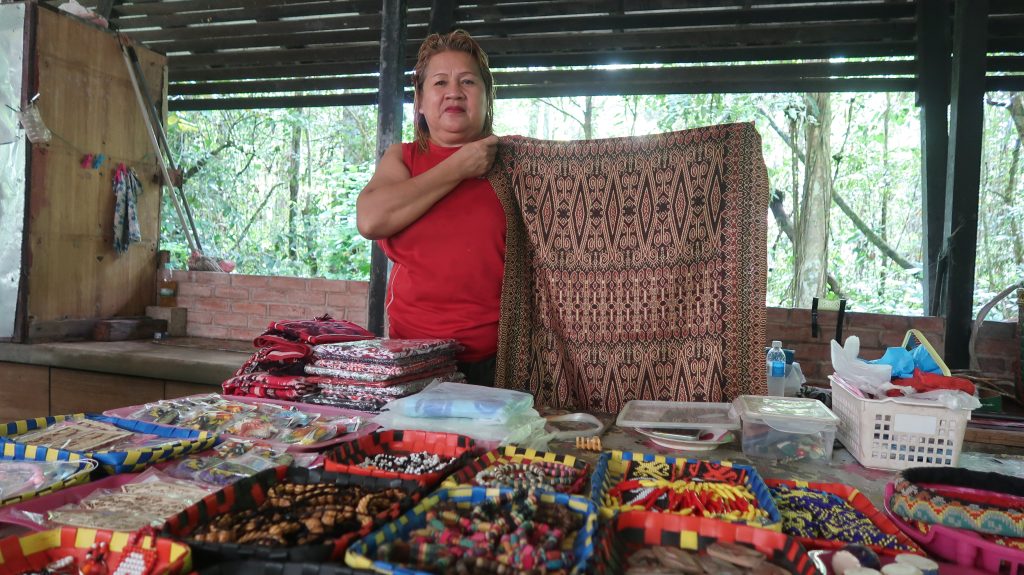
All and all, the entire journey, from the boat ride to the trek through the rainforest and exploring the caves, took us around 4 to 5 hours, offering a full and unforgettable experience of Niah National Park.
The Niah Caves complex is more than an archaeological site; it is a living testament to humanity’s deep connection with the natural world. The UNESCO recognition not only celebrates its scientific and cultural importance but also ensures the preservation of this extraordinary window into the past.
THE BRUNEIAN | SARAWAK, MALAYSIA

